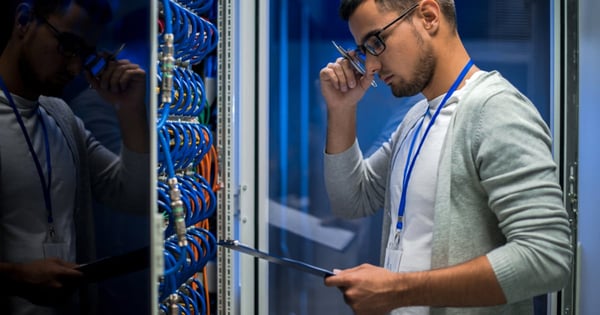IoT sensors
IoT (Internet of Things) sensors are small, connected devices that collect real-time data on how buildings are used. For facility teams, this means greater visibility of equipment, space and energy performance all from one system. The result: faster response times, better decisions and lower running costs.
Why they matter
-
Smarter maintenance – Detect faults early and reduce downtime
-
Energy savings – Monitor usage and avoid waste
-
Cleaner air – Track CO₂ and humidity to improve workplace health
-
Space insight – See how desks, rooms and zones are really used
-
Better security – Get alerts for unusual activity or access
Common sensor types
-
Occupancy sensors – Track room use and support hybrid working
-
Temperature and humidity sensors – Manage comfort and prevent damp
-
Air quality sensors – Monitor CO₂, VOCs and airborne pollutants
-
Leak detectors – Catch issues early and reduce damage
-
Smart meters – Measure gas, water and electricity in real time
-
Motion and access sensors – Automate lighting and protect secure areas
How they work
IoT sensors connect to building systems like HVAC, lighting and access control. Facility managers use dashboards to view real-time data, set alerts and trigger automated actions like switching off unused lighting or raising maintenance requests automatically.
Challenges to consider
-
Data security – Make sure systems are protected and access is controlled
-
Upfront costs – Start small and scale up as savings come in
-
Legacy systems – Retrofit kits make older buildings sensor-ready


